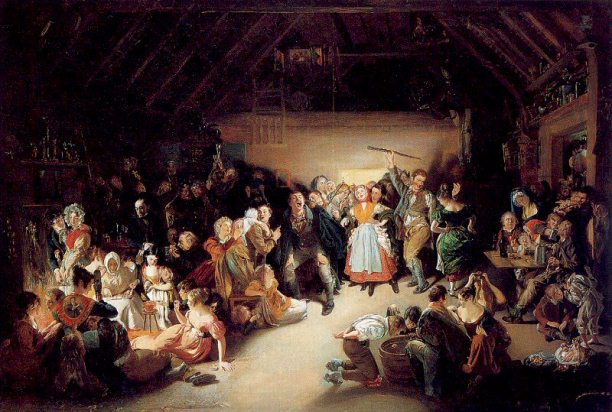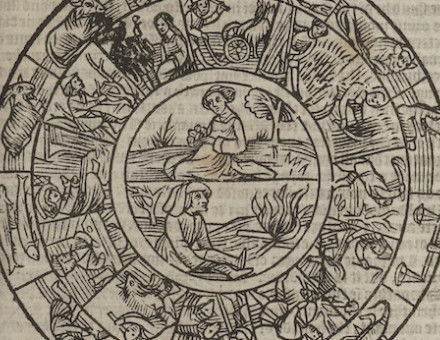Saints and Soul-Caking
Maggie Black takes a look at the seasonal celebration of All Saints and serves up a Hallowe'en recipe.
 The traditional celebration of Hallowe'en with its turnip-lanterns, mulled ale and noisy, cheerful, slightly risky games involving 'playing with fire' seems a curious way to start the short yet solemn Church feast of Hallowtide, which consists of the eve and feast of All Saints followed by All Souls' Day (October 31st to November 2nd).
The traditional celebration of Hallowe'en with its turnip-lanterns, mulled ale and noisy, cheerful, slightly risky games involving 'playing with fire' seems a curious way to start the short yet solemn Church feast of Hallowtide, which consists of the eve and feast of All Saints followed by All Souls' Day (October 31st to November 2nd).





